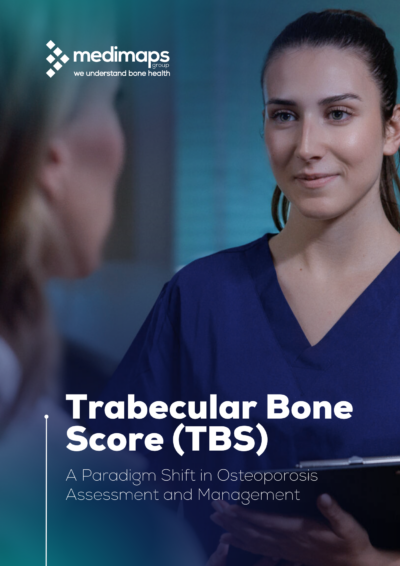Fill in the form below to get access to the PDF file
This white paper elucidates the scientific underpinnings, clinical utility, and the value of TBS in improving osteoporosis management and patient outcomes. It affirms TBS's integral role in a paradigm shift toward more complete and effective fracture risk assessments, therapeutic decision-making and monitoring.

DXA System:
Not Dependent
Document code:
MM-WP-988-MIG-EN-02--WW
